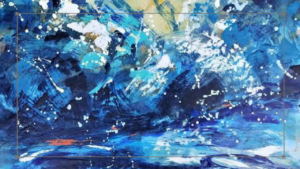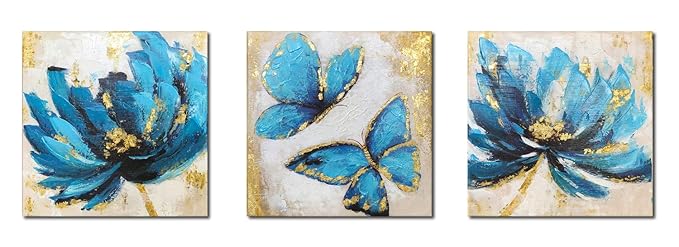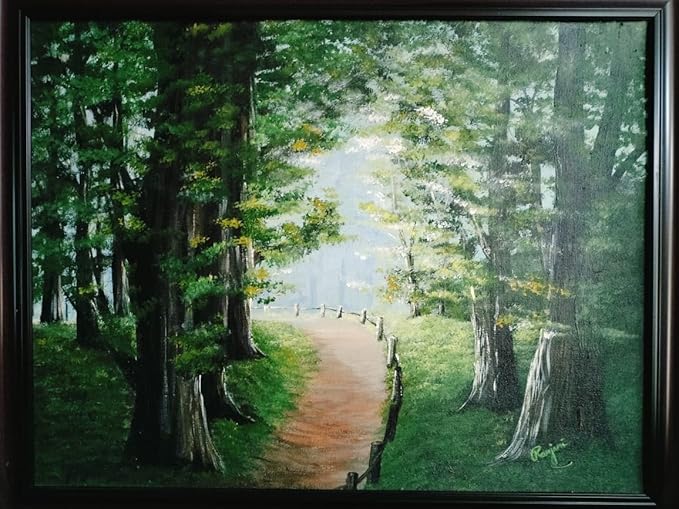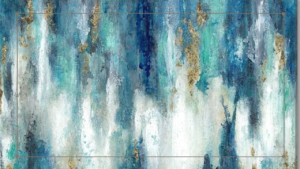Different Types of Painting That Will Ignite Your Imagination

Painting is not just a way to put colors on a canvas; it’s a form of expression that comes in many styles and techniques. When exploring the *different types of painting*, you discover various materials, methods, and genres, all of which have their unique charm. Whether you are a budding artist or a seasoned professional, understanding these diverse painting styles can deepen your appreciation of art and improve your skills.
Different Types of Painting
1. Oil Painting
Oil painting is one of the oldest techniques and continues to be beloved by many artists today. This method involves pigment mixed with oil, allowing for rich colors and blending capabilities. The slow drying time gives artists greater flexibility. Classic pieces like the works of Van Gogh and Rembrandt exemplify the beauty of oil painting.
2. Watercolor Painting
Watercolor painting is known for its transparency and fluidity. It uses water-soluble pigments, which allow for a light and airy feel to artworks. Watercolors dry quickly, and the layering of washes can create stunning depth. It’s a popular choice for landscape paintings and illustrations.
3. Acrylic Painting
Acrylics are versatile and quick-drying paints that can mimic the properties of both oil and watercolor. They can be diluted with water for watercolor effects or used thickly to achieve an impasto style. The vast range of colors and mediums available makes acrylic painting a favorite among contemporary artists.
4. Gouache Painting
Gouache combines the characteristics of watercolor and acrylics. It is opaque, allowing artists to layer colors without losing brightness. Gouache is often used for illustrations and design work due to its vibrant color and matte finish.
5. Pastel Painting
Pastel painting utilizes sticks of pure pigment for vibrant, soft colors. This technique allows for both painting and drawing techniques, giving a unique texture to artworks. Pastels can be used wet or dry, resulting in distinct effects.
6. Encaustic Painting

Bringing a historical flair to the world of paint, encaustic painting uses heated beeswax mixed with colored pigments. This ancient technique gives depth and richness to art through layering and scraping. Artists often use it to create texture and a luminous finish.
7. Spray Painting

Spray painting, often associated with street art, offers a bold and modern approach to art-making. Using aerosol paints, artists can create vibrant murals and intricate stencils. It allows for a fluid application and quick coverage, ideal for large projects.
8. Digital Painting
In today’s tech-savvy world, digital painting has taken center stage. Utilizing software and digital tools, artists leverage techniques akin to traditional painting styles. Digital landscapes, character designs, and illustrations showcase the growth of this medium.
9. Mixed Media Painting
Mixed media painting incorporates various materials and techniques in one artwork. It can include combinations of painting, collage, drawing, and even 3D elements. This innovative approach encourages artists to explore their creativity without limits.
Choosing the Right Type of Painting for You
When selecting a painting type, consider your interests, skill level, and available materials. Here are a few tips for making your choice:
Experiment : Try out different mediums. Attend workshops or art classes that focus on various painting techniques.
Determine Your Style : Think about what resonates with you visually. Do you prefer the vibrancy of acrylics or the subtlety of watercolors?
Consider the Project : Some techniques are better suited for specific projects. For example, spray painting might be ideal for larger murals, while watercolors may be perfect for landscape art.
Budget Constraints : Assess the cost of materials. While oil paints can be pricey, there are budget-friendly options for acrylics and watercolors.
After experimenting, you may find a specific style that you feel passionate about.
Conclusion
Understanding the *different types of painting* is essential for anyone interested in exploring their artistic potential. Each painting style offers unique characteristics and possibilities that can enhance your creative journey. Remember to have fun experimenting with different mediums and techniques. Embrace the art of painting and discover what resonates with you most! Share your favorite type of painting in the comments below and engage with fellow art enthusiasts.








